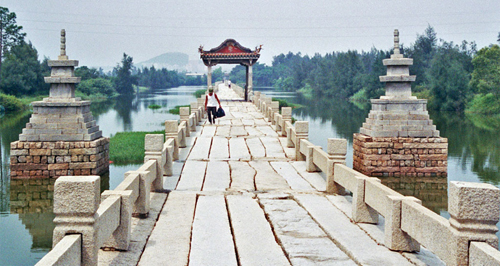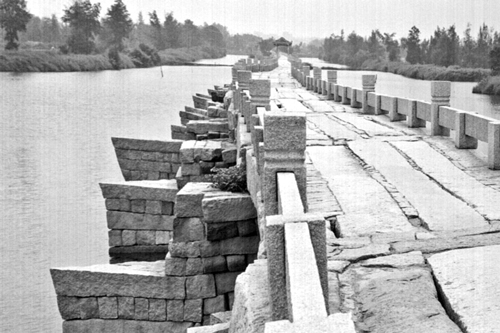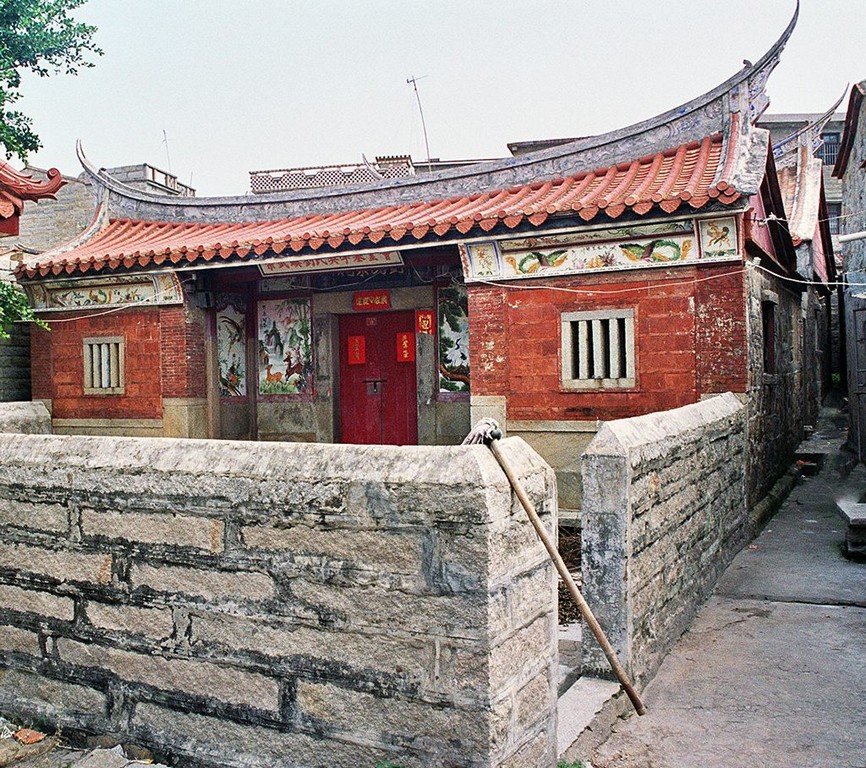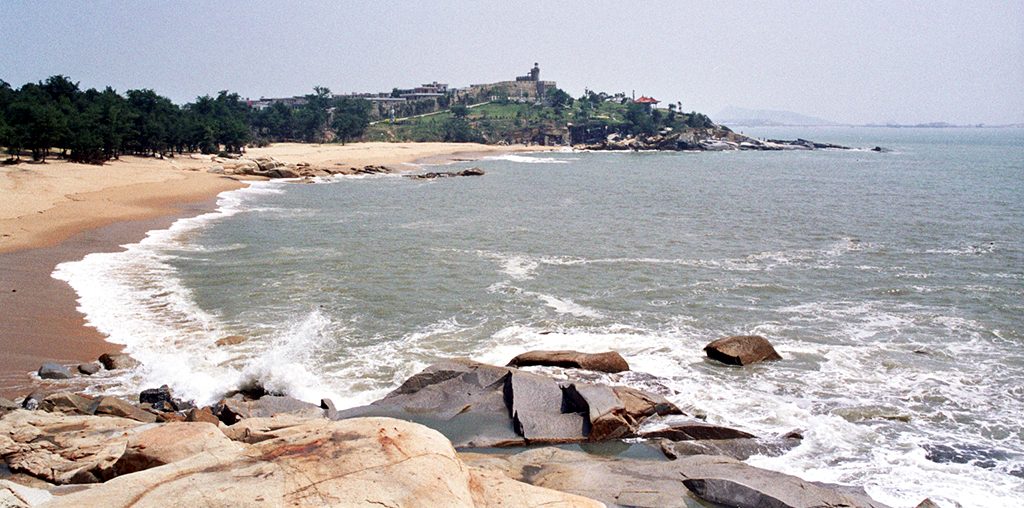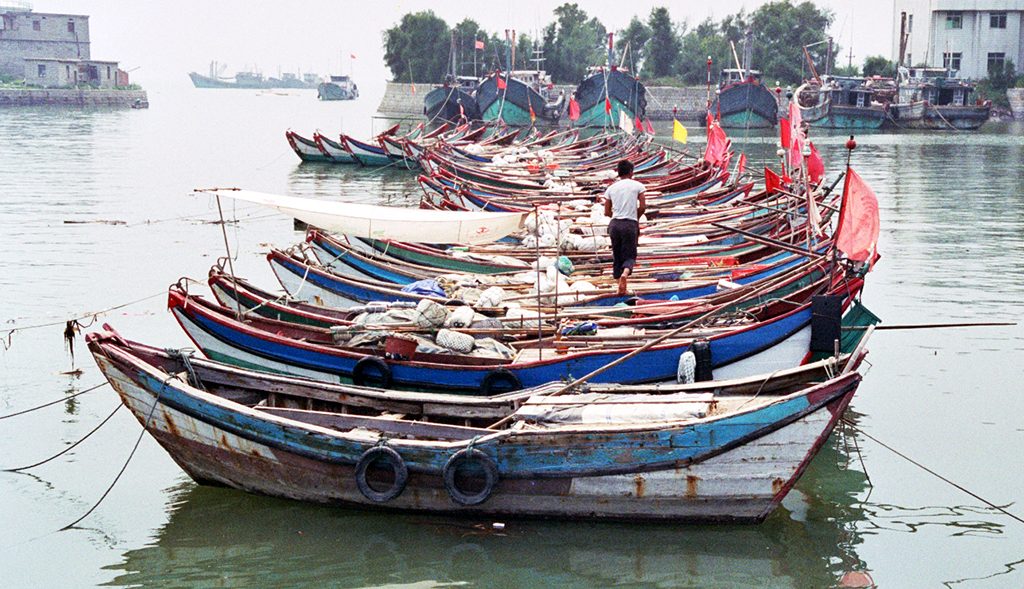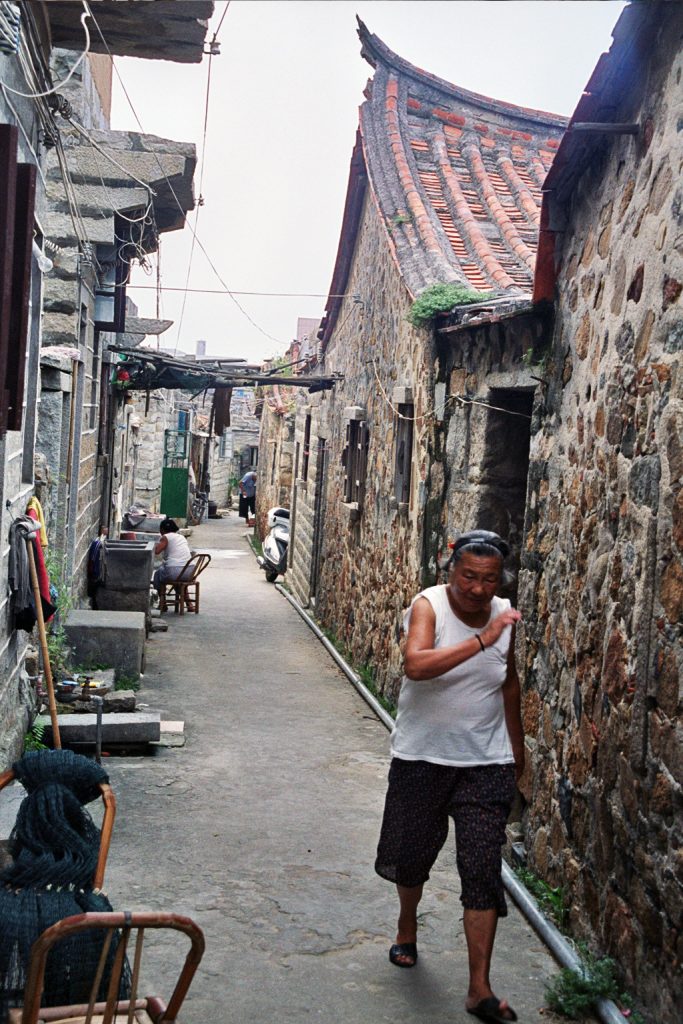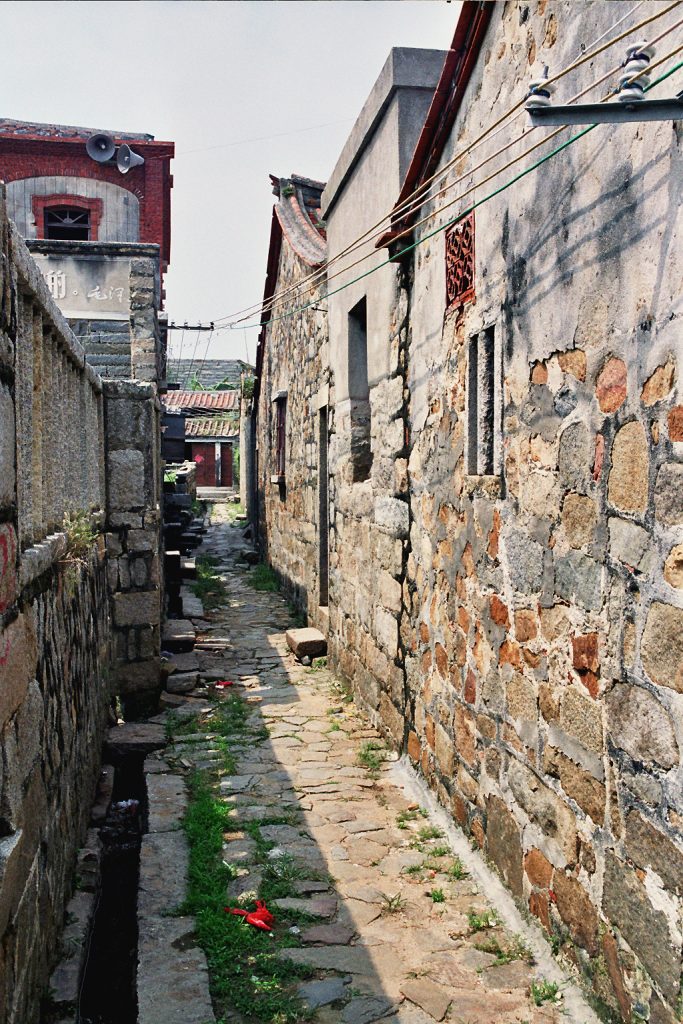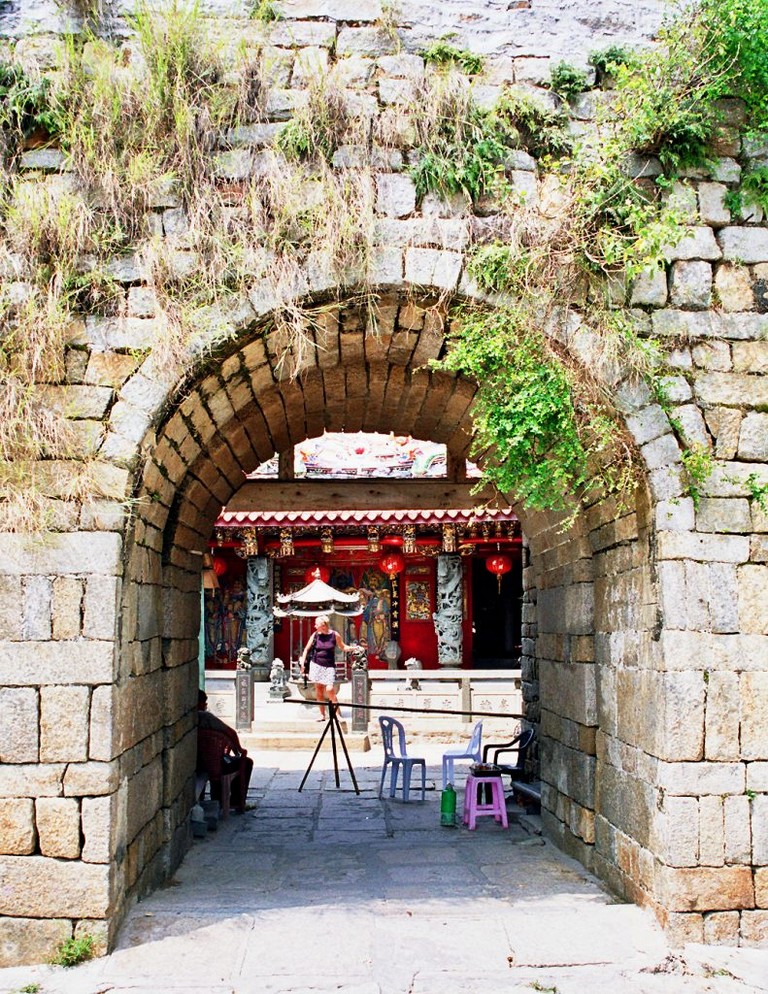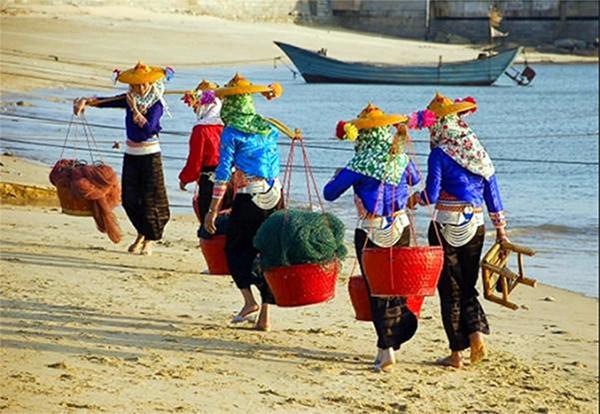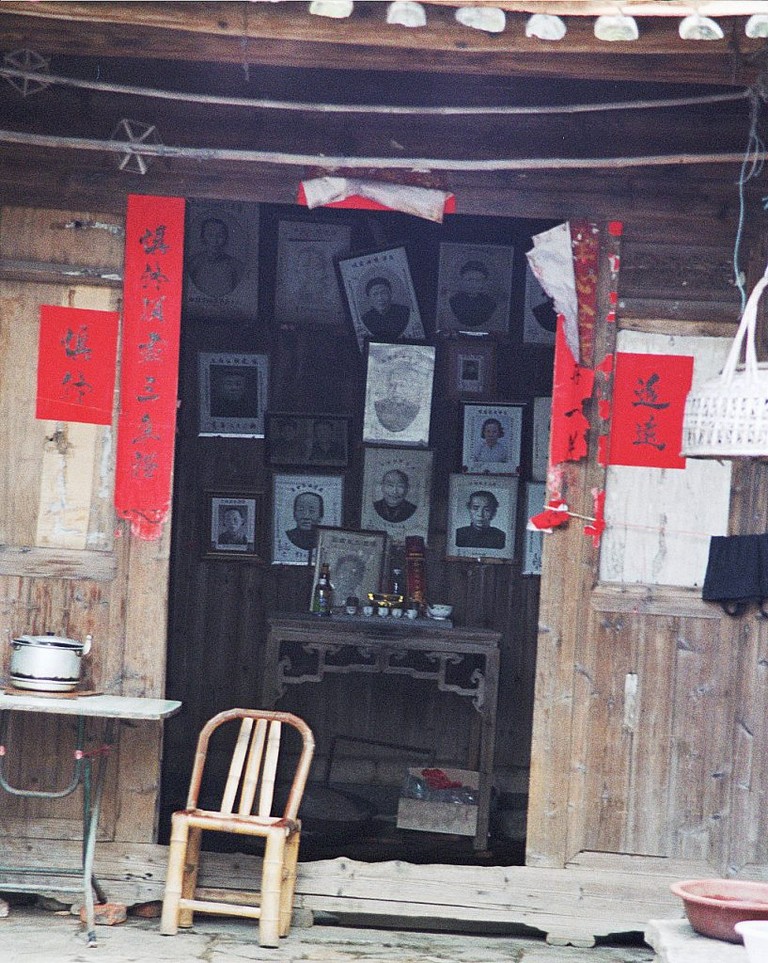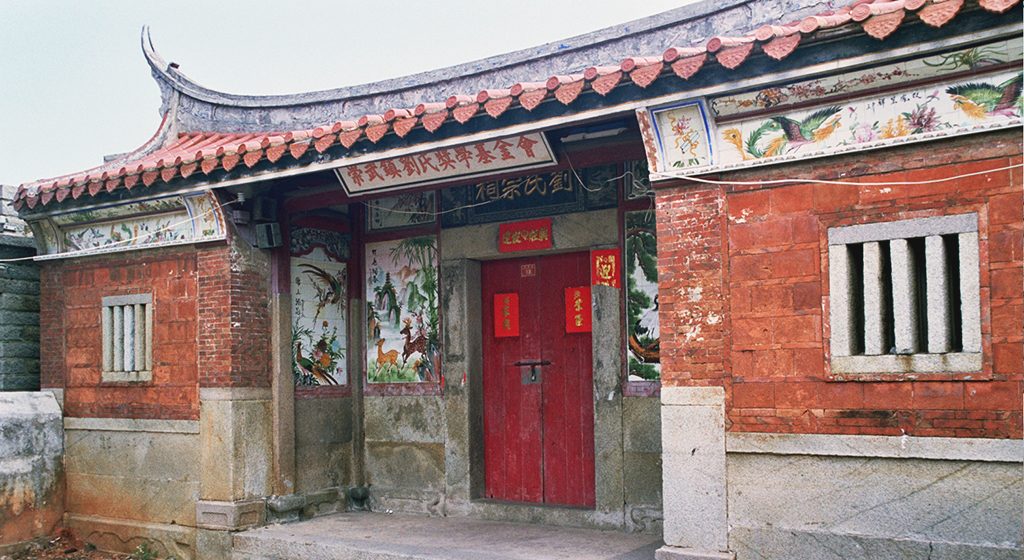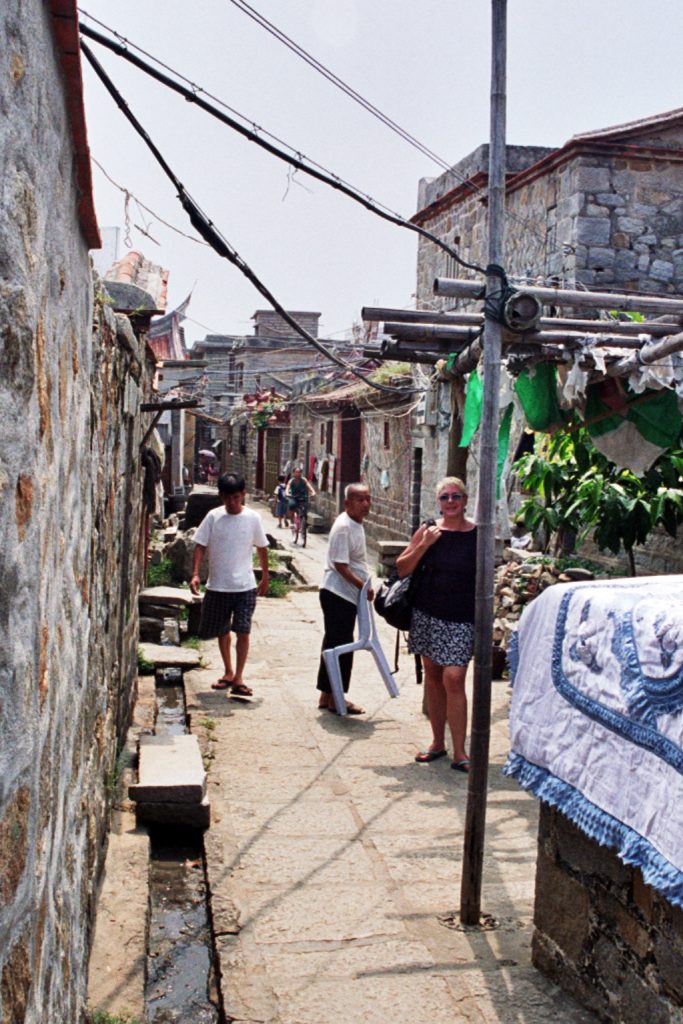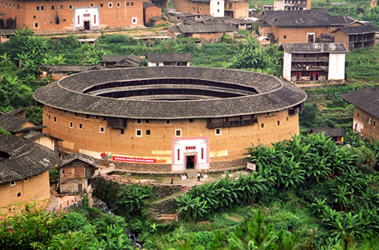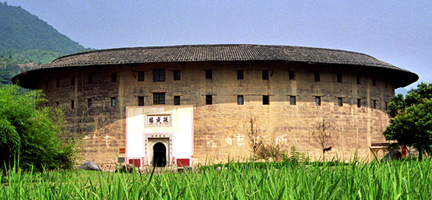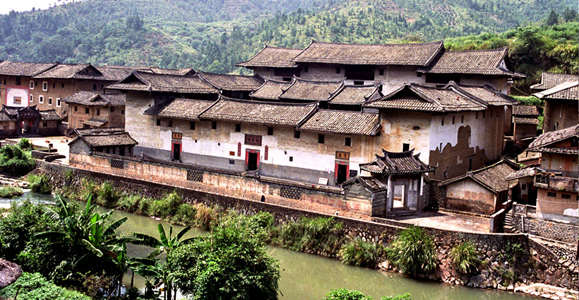ESPAÑOL (English Version below)
Chongwu 崇武镇 Fujian: La ciudad amurallada de Chongwu bien merece una visita. Básicamente, la ciudad es una antigua aldea de pescadores rodeada casi por completo por su muralla original de la Dinastía Ming. El Mar del Sur de China como telón de fondo y la muralla hacen de Chongwu un paraje realmente impresionante. En su origen, la muralla se construyó para proteger la ciudad de las incursiones de los piratas japoneses, que asolaron las costas chinas durante siglos. Además, el famoso caudillo rebelde de la época Ming, Koxinga, tomó Chongwu como base para su lucha en pos de derrocar a la Dinastía manchú de los Qing.
En la playa hay agradables restaurantes al aire libre
En la actualidad, los visitantes entran en la ciudad por una suerte de parque temático, que consiste de esculturas de personajes históricos, o fantásticos, dispuestas a lo largo de la playa. Sin embargo, no hay que desanimarse por ello. En la playa hay agradables restaurantes al aire libre que ofrecen buen marisco y un buen sitio para relajarse y descansar, tanto antes como después de visitar Chongwu propiamente dicha.
El casco antiguo de Chongwu es un intrincado laberinto de estrechos callejones.
No todos los edificios son antiguos, pero de vez en cuando uno se encuentra con hermosas rarezas arquitectónicas. El pueblo es de lo más tradicional, y pueden apreciarse altares votivos de culto a los antepasados dentro de las casas populares, así como estatuas de Mazu, la diosa del mar. Además, parte de la arquitectura tradicional parece estar en proceso de restauración.
Las Mujeres de Hui-an
Si cogéis un autobús local desde Quanzhou a Chongwu, pasaréis por la pequeña localidad de Hui’an. Hay poco que recomendar de la ciudad en sí, salvo las mujeres locales, famosas por su belleza y sus atuendos. Son musulmanas, descendientes de los comerciantes arabes, que llegaron y se instalaron en Quanzhou.
Tras la caída de la Dinastía Yuan, muchos musulmanes fueron perseguidos y huyeron a zonas más pequeñas y apartadas como Hui’an.
Las mujeres de Hui’an destacan por sus ropas coloridas y sus enormes sombreros de paja de ala ancha, que llevan por encima del típico pañuelo islámico, lo que las asemeja mucho a las mujeres malayas.
La mayoría de ellas se dedica a la pesca o a la construcción de embarcaciones, o bien trabajando en alguna de las numerosas canteras de Fujian transportando enormes bloques de granito. De hecho, toda la zona entre Quanzhou y Chongwu parece dedicarse a la industria de la extracción y talla de la piedra. Innumerables canteras, fábricas y talleres hieren el paisaje, mientras enormes estatuas de cualquier personaje desde Buda a Mickey Mouse jalonan las polvorientas carreteras.
Hay un articulo relacionado en la web, escrito por Lisa Norton, y llamado ‘System for Slow(er) Architectures’,(ya no existe la pagina) que trata de un proyecto para promover y preservar los conocimientos y las técnicas indígenas para tallar la piedra y construir las casas, proporcionando además empleo para la gente local, entre ellas las mujeres musulmanes de Hui’an.
Chongwu 崇武镇 (English Version)
The walled city of Chongwu is worth a visit. Basically, it’s an old fishing village almost entirely surrounded by its original granite Ming wall. With the South China Sea as a backdrop, Chongwu makes for quite a dramatic location. The purpose of the wall was to protect the city from Japanese pirates who used to ravage the coast of China for hundreds of years. What’s more, the famous Ming rebel Koxinga used Chongwu as a base in his struggle to overthrow the Manchu rulers of the Qing dynasty.
Nowadays, visitors enter the old city through a tacky theme park of sculptures, representing historical figures, that line the beach. However, this should not put you off.
There are some nice open-air restaurants on the beach that offer good seafood and a good place to cool off and have a rest, either before or after tackling Chongwu itself. The old city of Chongwu is a maze of tight alleyways.
Not all the buildings are old, but occasionally you come across the odd gem. The village is extremely traditional and you can catch many glimpses of altars for ancestor worship inside people’s homes, as well as statues of Mazu, the goddess of the sea. Some restoration and preservation of the traditional architecture seems to be underway.
The Women of Hui-an
If you take a local bus from Quanzhou to Chongwu, you’ll pass through the small town of Hui’an. The town has little to recommend itself, but for the local women, who are famous for their beauty and their style of dress. They are Muslim women, descendants of the Arab traders who arrived and settled in Quanzhou.
After the fall of the Yuan dynasty, many Muslims were persecuted and fled to smaller, more remote areas, such as Hui’an.
These women stand out by their brightly coloured clothes and huge, wide- brimmed straw hats, worn over Islamic headscarves. They look very much like their Malay counterparts.
Most are engaged in fishing and shipbuilding, or can be seen on one of Fujian’s numerous quarries, lugging huge blocks of granite around. In fact, the whole area between Quanzhou and Chongwu seems to be involved in the industry of stone quarrying and carving. Innumerable quarries, factories and workshops scar the landscape, while huge statues, representing anything from the Buddha to Mickey Mouse, line the dusty roads.
(There is (was) a related article on the web by Lisa Norton, called System for Slow(er) Architectures, which deals with a project for promoting and preserving indigenous skills and techniques of stone carving and architecture and thus providing employment to local people, including the Hui’an Muslim women.
www.craftculture.org/World/lnorton1.htm – 31k -) No longer exists


